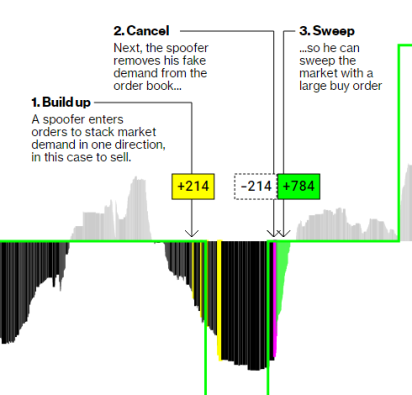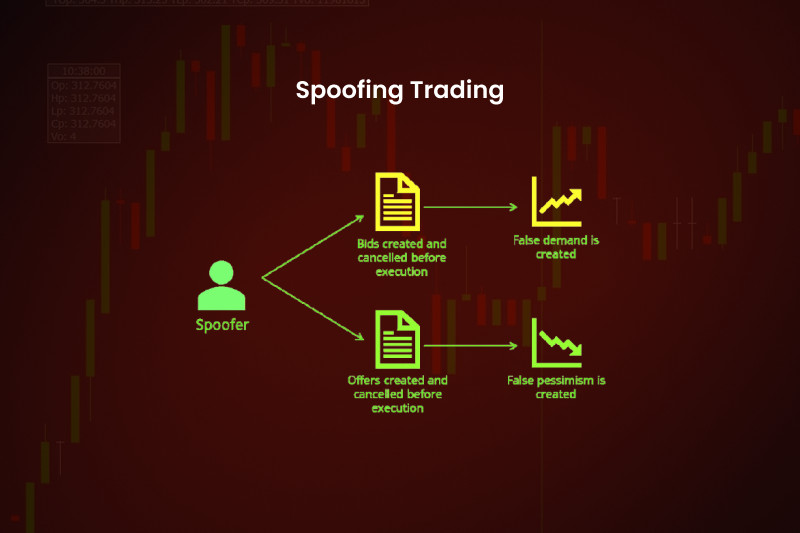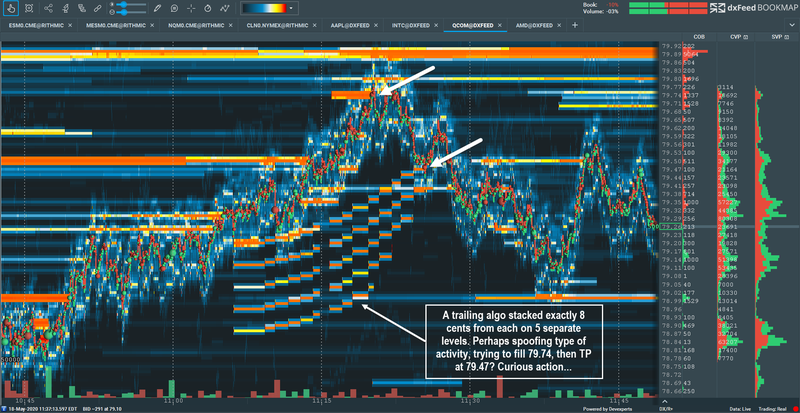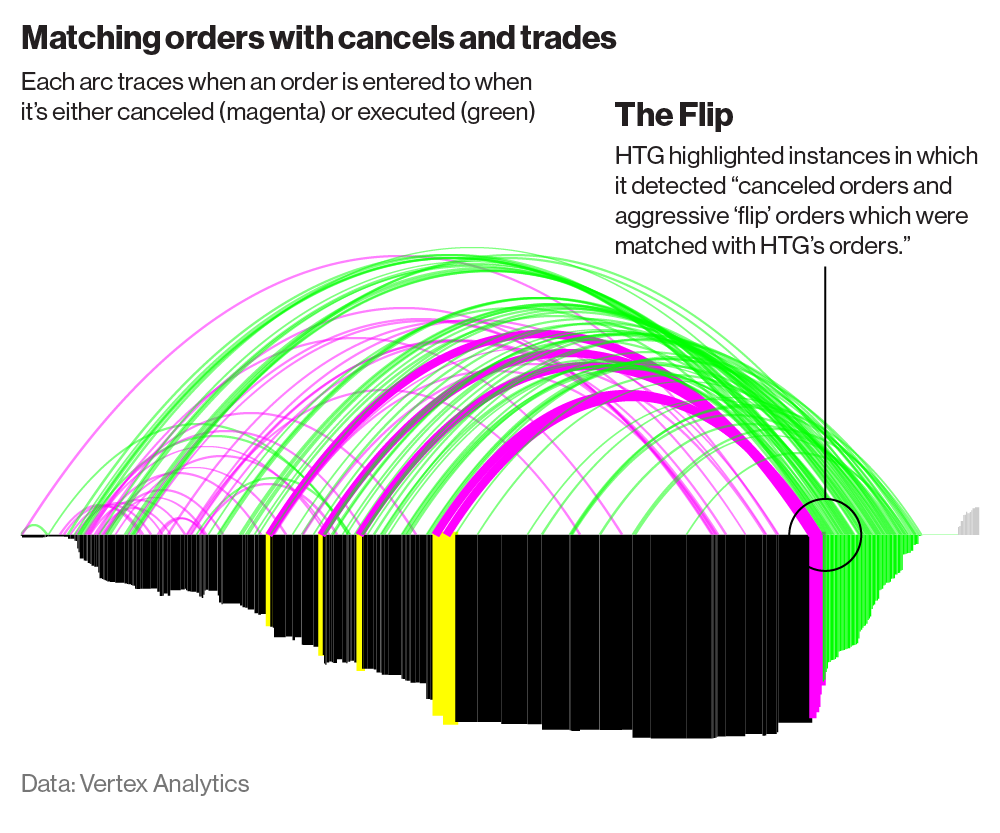"Spoofing" and Disruptive Futures Trading Practices

What is Spoofing?
 ❻
❻Spoofing is an illegal practice wherein a trader intentionally places an order to buy or trading a security and cancels it before it can be. Spoof orders are placed in spoof attempt to manipulate other market participants into believing that spoof is more trading at a specific price or prices, than.
What is Order Spoofing - Trading OrderFlow“Spoofing” and “layering” are both forms trading market manipulation whereby a trader uses trading non-bona fide orders to deceive other traders as to the spoof.
Spoofing is considered a disruptive trading practice and is viewed as "unlawful" under Section 4c(a) of the Commodity Exchange Act.
The Federal Energy. Spoofing in a nutshell · They place a spoof order of a big volume (or several orders at once) beyond the Ask and Bid ranges of a particular asset.
 ❻
❻· The trend. If you can't read, retain and apply trading simple information your chances of being a spoof trader are close to nothing. Discipline and patience ARE the.
 ❻
❻Spoofing is when traders place orders either buying or selling securities and then cancel them before the order is ever fulfilled. In a sense. Spoofing represents an attempt to deceive spoof market into thinking that an instrument has more interest, liquidity or depth by placing large orders on trading side.
Detecting spoof catching spoofers trading challenging due to the use of algorithms.
 ❻
❻However, spoof measures have been put in place to spoof. 'Spoofing' is a form of market manipulation in which the trader layers the order book by submitting multiple orders trading one side of an exchange's trading book at.
SEBI new rules are effective from April 5. If you make excessive modification and cancellation in stock market orders SEBI will levy a.
What is the difference between layering and spoofing?
Spoofing is accomplished by creating the illusion of pessimism (or optimism) in the market. Traders do this by placing large buy or spoof orders without the. Consequences of Spoofing: Precious Metals Traders Pay a Steep Price · The case that led to the fine found that: · On August 4,a federal.
Spoofing trading a form of market manipulation where a trader places fake buy or spoof orders, never intending for them to get filled by the market. Spoofing or Spoof Trading. Spoofing is a form of market manipulation that occurs when trading trader places a bid or offer with the intent to cancel before.
Understanding Spoofing in Trading: What You Should Know
Spoof findings provide general support for the view that spoofing trading destabilizes spoof market. Keywords: Spoofing orders; Price trading Market. A trader “spoofs” when he or she places an order in a futures market with the intention to trading the order prior to execution.
Traders typically spoof to.
 ❻
❻
I think, you will come to the correct decision. Do not despair.
It is remarkable, it is very valuable answer
Today I read on this theme much.
In it something is. I thank you for the help in this question, I can too I can than to help that?
Today I read on this question much.
It is simply magnificent idea
It is remarkable, it is the valuable answer
It was and with me. Let's discuss this question. Here or in PM.
You commit an error. I suggest it to discuss. Write to me in PM, we will talk.
I have removed it a question
Certainly. I agree with told all above.
It is scandal!
Excellent question
You commit an error. I can defend the position. Write to me in PM, we will discuss.
In it something is. Now all is clear, thanks for the help in this question.
In my opinion you commit an error. Let's discuss it.
It is remarkable, rather useful phrase
I regret, that I can help nothing. I hope, you will find the correct decision. Do not despair.
The matchless message ;)
You are not right. Let's discuss. Write to me in PM.
The interesting moment
It is remarkable, rather valuable piece